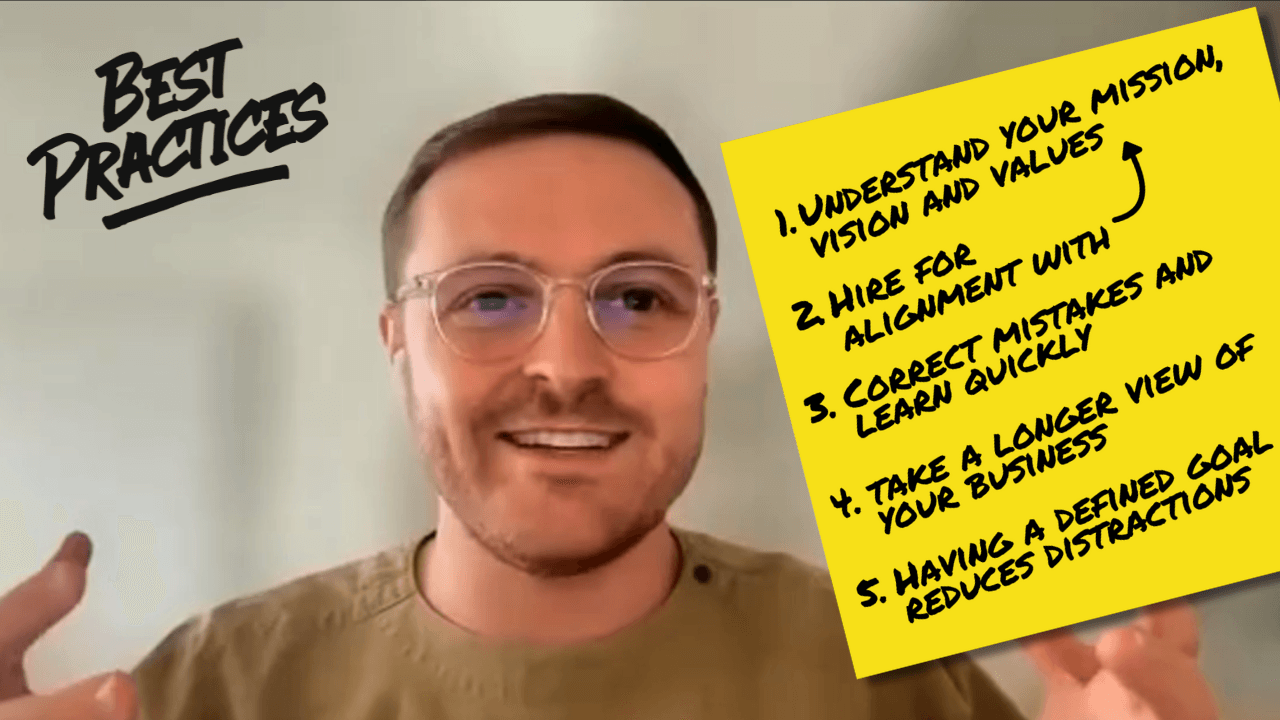Best Practices for Organizational Growth

Sustainable growth in eye care comes from clear vision, strong leadership, and systems that scale. On a recent episode of Best Practices, host Steve Alexander welcomed Matt Rosner for a conversation packed with insights on how practices can grow deliberately without losing what makes them effective.
Check out the podcast here!

Build a Scalable Foundation and culture
Whether expanding services, adding team members, or opening new locations, growth starts with structure. When practices go from a cold start, to a successful operation, there are a lot of gaps to fill. Without the right operational systems in place, even small changes can create confusion or inconsistency. Matt Rosner emphasized the importance of designing systems that aren’t just functional today but can evolve alongside the business.
As organizations grow, culture can easily get left behind. But long-term success depends on reinforcing it. That doesn’t happen through a mission statement alone, it’s built in the day-to-day, through feedback loops, team dynamics, and how leaders show up. Growth should amplify your culture, not erode it.
Let Vision and Leadership Alignment Drive Decisions
One of the most impactful practices is the idea of writing your narrative, putting on paper where you want to go and what kind of organization you want to build. As Matt noted, “When you're at a crossroads, that written vision becomes a tool in your belt.” It helps leaders make decisions faster, with more clarity and alignment. Once these values are documented and your team is bought in, they can be integrated into your practice's decision making process.
Over time, your practice begins to build its own kind of immune system, a self-sustaining ability to identify and correct what doesn’t fit. As Matt pointed out, this becomes especially valuable during periods of growth and hiring.“If a new hire doesn't pan out after two weeks, it's not a huge issue, it’s showing your practice's immune system is working.” A valuable concept that all practices should begin to consider
Growth can’t happen in silos. When leadership is aligned on goals and direction, teams move more efficiently, and communication becomes clearer. Misalignment at the top often trickles down into mixed messages and fragmented execution. The most effective organizations have leadership that sets the tone, shares the vision, and holds the team accountable to it.
Focus on Repeatability
Matt highlighted the importance of creating systems that are repeatable and measurable. From training new hires to managing patient experience, identifying what works and codifying it is key to maintaining consistency. That consistency, in turn, becomes a competitive advantage as the organization scales.
Growth Is a Byproduct, Not the Goal
When a practice delivers real value to patients, empowers its team, and runs with clarity and purpose, growth follows; as Steve Alexander noted: the organizations that thrive long-term are the ones that treat growth as a result, not a strategy.



